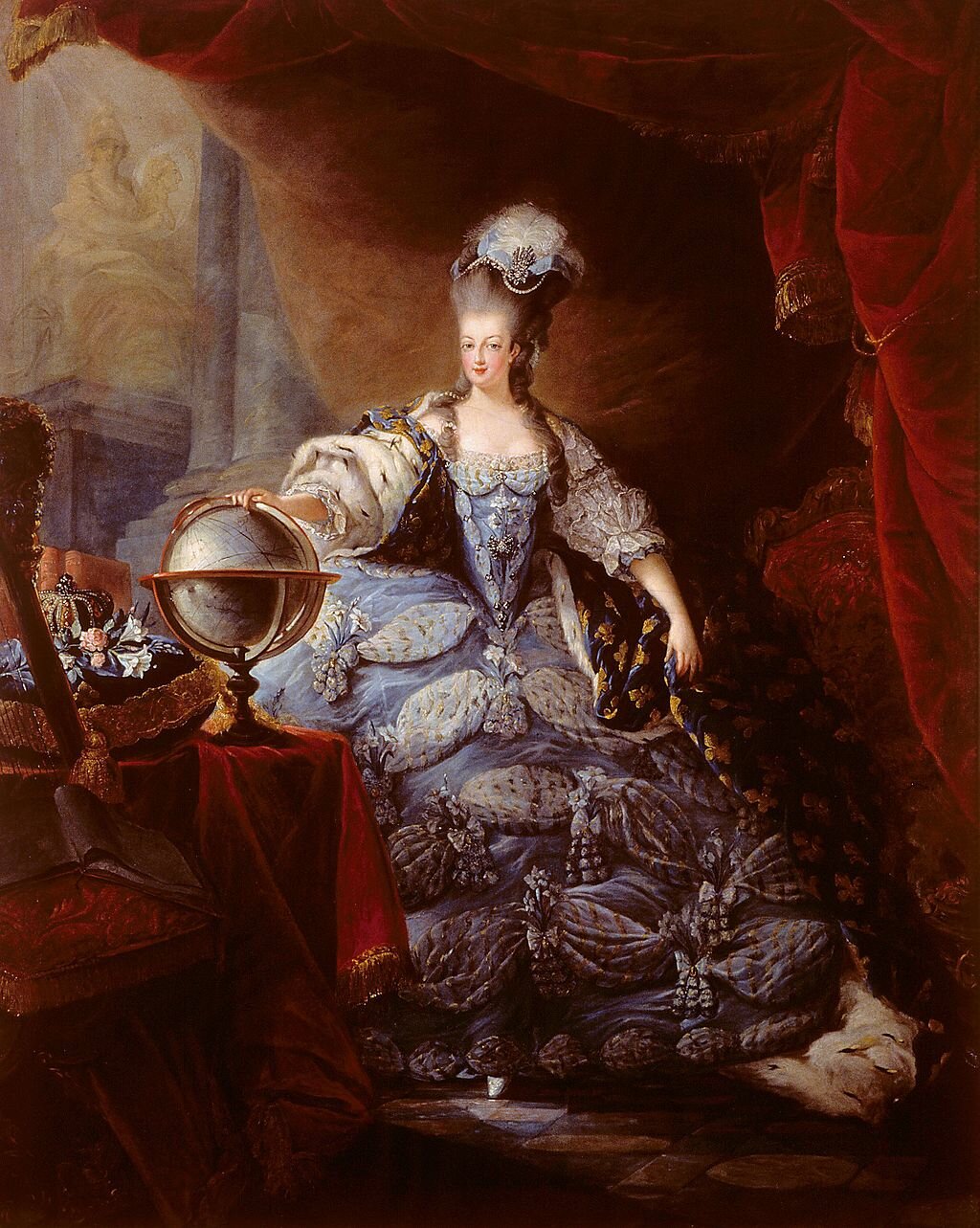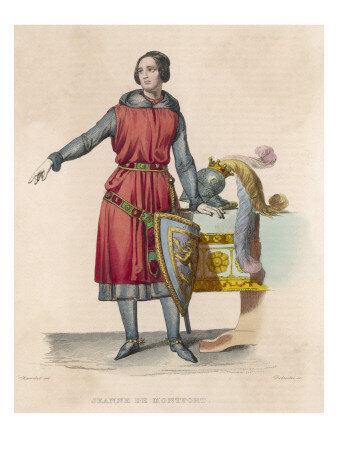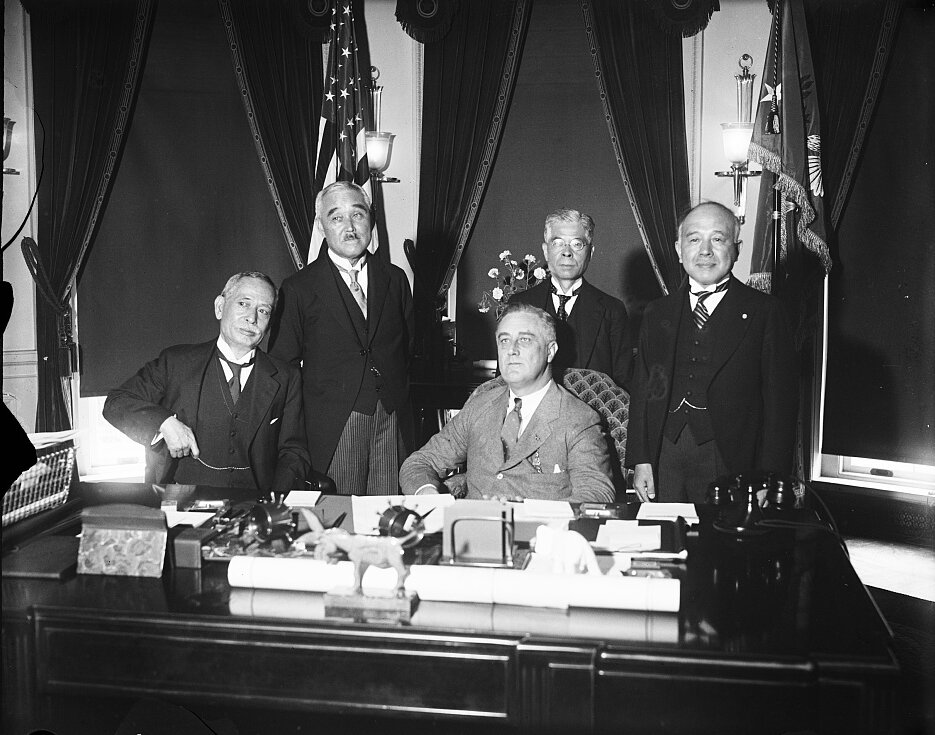George Orwell, or Eric Blair as he was officially known, was one of the greatest writers of the 20th century. His novels, most famous of which are 1984 and Animal Farm, still remain popular and very relevant. Here, Douglas Reid tells us about Orwell’s life and the books he wrote.
A digitally colorised picture of George Orwell, c. 1940. Source Cassowary Colorizations, available here.
There never was an English writer named George Orwell, at least a legal one. The man the world knows as George Orwell was Eric Blair. His first book, “Down and Out in Paris and London”, a mostly accurate account of his tramping days, was his first attempt at a book-length literary product. The young writer was concerned that the book would flop and reflect poorly on his nascent essay-writing career. Orwell suggested that the editor use a pen name. He offered for consideration:
George Moore
George Orwell
H. Lewis Allways
The editor, Victor Gollancz, chose the name in the middle and a literary star was born. Gollancz, in later years, would state he chose the middle option because the Orwell River flows near the Blair family home in Southwold. Orwell was 31 at the time and for the rest of his life the writer would respond to either name whether in person or in correspondence. To his early friends he would always be Eric. To those who entered his life at a later date he was George. In later years friends suggested he should have his name legally changed. His standard response – “No thanks – that means going to see a lawyer and that puts me off.”
Eric Blair was the son of a British bureaucrat who, as a retiree, would shift to a domicile in Southwold, Suffolk, England. This would be young Eric’s home until going to Eton school as a scholarship boy. Tellingly, Eric was the only Etonian of his year to eschew both Oxford and Cambridge universities. Instead, to the wild surmise of family and friends, he signed on for a five-year term with the British Imperial Police. That experience led to the fictional “Burmese Days”, clearly the work of a novice. His other early work, “Down and Out in Paris and London”, is significantly better and this is no surprise. It is almost totally autobiographical, and although written before “Burmese Days” was published later. Although both were published a decade and a half earlier than “Nineteen Eighty-Four” the early directional signposts are unmistakable.
Orwell in Myanmar and early writing
Orwell soon became aware of the unspoken central task he was expected to perform – keep the native people of Burma (Myanmar) in line. For the recalcitrant native the brutal overseer, or the policeman himself, was waiting in the shadows. “On Shooting an Elephant”, one of Orwell’s best known essays, provides fresh insight for the sensitive man of just whom is the controller and whom the controlled:
“And it was at this moment, as I stood there with the rifle in my hands, that I first grasped the hollowness, the futility of the white man’s dominion in the East. Here was I, the white man with his gun, standing in front of the unarmed native crowd – seemingly the leading actor of the piece but in reality I was only an absurd puppet pushed to and fro by the will of those yellow faces behind. I perceived at this moment that when the white man turns tyrant it is his own freedom that he destroys.”
Although this gloomy episode and its companion piece, “A Hanging,” serve as early direction pointers on the Road to Barnhill, Orwell does provide a comic event in “Down and Out” worth re-telling. Orwell’s intention was to play the part of a down and outer. He could play the part consummately well but he was at a loss to voice the part. He had decided he wanted to experience some time in jail. Accordingly, he got himself good and swished and staggered down the street in full view of a policeman. But when the gendarme heard Orwell’s plumy Etonian tones he stopped up and he became immediately gentle and solicitous – “Sir, are you a gentleman?” And just like that the game was up.
Pogo
Orwell’s early prose concludes with his lightweight novel. “A Clergyman’s Daughter” which deals with none of the salient themes of his major works. These themes may be identified as politics and the English language, the increasing threat of the emergence of the police state, and the eradication of history. At this juncture it seems right to introduce Pogo. Pogo illustrates the distance Orwell is now leaving his contemporaries behind.
Pogo was the eponymous name of a comic strip produced by Al Capp decades ago. Pogo was an alligator who lived in a swamp. And Pogo was a kind of rural philosopher who ruled the denizens of the swamp with wit and wisdom. In the panel I have in mind Pogo is depicted standing on his tail and with one hand shielding his eyes. He is peering into the distance and he is saying:
I have seen the enemy. He is coming. And he is us.
On the trail of Orwell
I arrived one Monday morning at the University College, London, early, not much past 7 am. The only persons in sight were two public school boys wearing their crests and colors. I needed directions so I approached the boys, Alphonse and Dudley.
“Say, could you tell me where the Orwell Archives are at?” Dudley snorted as he surveyed me – t-shirt, jeans and sneakers, a provincial if he ever saw one … ”Around here, my good man we don’t end a sentence with a preposition.” Well, wasn’t I the chastised one? So, I asked again. “Say, could you direct me to where the Orwell Archives are at, horse’s ass?” Actually that is only an approximation of what I actually said but I have to get this by the editor.
Later on the same trip I was able to trace the bookshop where Orwell worked part-time after teaching school all day. He still found time to work on his new novel – book number four –“ Coming Up For Air”. It is with this book that Orwell begins to address his concerns about government control in its citizen’s lives. His protagonist is George Bowling, a middle-class insurance salesman. Bowling is tolerably happy with his marriage as well as his job but he resents a tightening pressure from both without and within. Then, predictably, he breaks away when opportunity presents itself.
Bowling finds his way to the racecourse and backs a long odds winner. His first thought is to share his windfall with his wife. But the road to freedom leads out of town and Bowling, almost without thought, breaks away from his standard, homogenized life. He checks his rear-view mirror anxiously half-expecting a car full of freedom police chasing him…
THERE HE GOES… AFTER HIM… STREAMLINE HIM… FASTER… GET HIM.
George Bowling speeds along until he senses freedom. He veers into a side road and pulls up at a long-lost magical spot where a country bridge shades deep pools of shadowed water. And Orwell remembers.
Orwell spent many happy childhood hours here. They watched the great fish swirl and flash in the depths. Those great lunker trout and dace still made his heart flutter. Memories. Fishing was always magic for Orwell. George Bowling was by far the nearest to his creator. Even their names reflect the connection. They are both named George And Orwell and Bowling are not far from being anagrams of one another. Orwell was always alive to prose that was animated and syntax that was as simple as was necessary to convey the intended idea.
Orwell as journalist
Orwell was a journalist and an essayist before he was a recognized novelist. There is a hard-to-find four-volume edition of his collected essays, letters and journalism – over 2,000 pages. On my set I have scribbled marginalia everywhere but the most memorable is the essay “Politics and the English Language.” Every first year student in whichever department or faculty should be encouraged to grasp its essentials. Otherwise they may end up writing and communicating in the way of Professor Harold Laski, a contemporary of Orwell’s:
“I am not indeed, sure whether it is not true to say that the Milton who once seemed not unlike a seventeenth century Shelly had not become, out of an experience ever more bitter in each year, more alien to the founder of that Jesuit sect which nothing could induce him to tolerate.”
Tender minds should be exposed to strong, direct, and clear language. For instance Orwell would have them influenced by this famous passage in Ecclesiastes:
“I returned, and saw under the sun that the race is not to the swift, nor the battle to the strong, neither yet bread to the wise, nor yet riches to men of understanding, nor yet favour to men of skill, but time and chance happeneth to them all”.
49 words, 60 syllables nobly expressed.
Here is the same passage written in Newspeak, the language in the book “Nineteen Eighty-Four”:
Objective consideration of contemporary phenomena compels the conclusion that success or failure in competitive activities exhibits no tendency to be commensurate with innate capacity but that a considerable element of the unpredictable must invariably be taken into account.”
38 words, 90 syllables, inflated language.
In total Orwell produced nine books – six novels (counting “Animal Farm”, which technically is an apologue). Also three non-fictional narratives. Yet almost everyone only identifies and names two – “Nineteen eighty-four” and “Animal Farm.” “The Spanish Civil War” is less cited, while “The Road to Wigan Pier” ennobles a poor class in England and Wales – miners.
George Orwell was a driven man with few vocations or hobbies. One was wood-working or cabinet-making. According to his friends he tackled both with more enthusiasm than skill. His other pursuit, fishing, was the one that gave him a measure of success and great enjoyment. He was dedicated to his craft, but not to his health.
The Golden Country
Orwell lived in London for a long time but as he grew older he began to forge, in the smithy of his brain, a place that is tranquil and where the living is healthful. He gives his imaginary Utopia a name – the Golden Country. Perhaps he ought to have made his plans of escape sooner. Five years earlier he had contracted tuberculosis, first in one lung, then in both. In the spring of 1946 he left London to seek the Golden Country, wherever that may be.
In time Orwell was successful, The Golden Country turned out to be Barnhill, a deserted white-washed vacated country home on the remote Island of Jura in the Western Hebrides of Scotland. By the autumn of 1947 Orwell had settled to writing the first draft of what would be his Magnum Opus – “Nineteen Eighty-Four.”
The Golden Country was close to Orwell’s vision of lakes and streams where the surrounding atmosphere was pristine and the waters are heavy with great lunker fish that swirl and swish in the depths. Wish me a rainbow indeed. The thing about Barnhill is even on this remote isle it was difficult to reach. A ferry service was available intermittently at the extreme south end of Jura while Barnhill was 19 miles away in the extreme and almost uninhabited north. A traveller to reach Barnhill had to beg a bumpy ride for nine miles by jeep. How to negotiate the remaining seven miles was open to suggestions.
Barnhill would not look special to you or me but it was Mecca for Orwell. Barnhill is a fairly spacious deserted house with a rickety porch. Inside there are four bedrooms, three down one up. Orwell chose the hilly one upstairs for his bedroom-writing room. Old Barnhill hinted at a Gothic existence. Orwell settled and wrote a first draft of 1984. Orwell sought a peaceful life but he was not a hermit. He gave detailed travelling instructions so friends could visit. They came from London by train, ferryboat, land rover, motorbike, and sometimes on foot. On the down side Orwell’s health was an increasing problem. He had developed tuberculosis in both lungs.
Orwell’s friends thought he was mad to live through a Jura winter with Barnhill as his prime shelter, but the writer defends his choice thusly:
“Its funny, you always think Scotland must be cold. The West part is not colder than England and the Islands I should think decidedly warmer on average.”
Sadly, after the completion of his great novel the author’s health began its final descent. Visitors still made the trek from London but by now he knew he was in a race with death. Orwell prevailed but early in the new year he left his beloved Jura. He was now coughing up copious amounts of blood, he left Scotland reluctantly and was taken to University College Hospital.
He declined rapidly with not a soul nearby. In the early hours of January 10th, 1950, George Orwell – Eric Blair - died.
There were books strewn about his bed. Leaning against a green wall, all forlorn stood his fishing rod.
What do you think of George Orwell? Let us know below.
Now you can read Douglas’ article on Thomas Paine, the man whose book may have led to the American Revolution, here, and the American heroine Abigail Adams here.
















